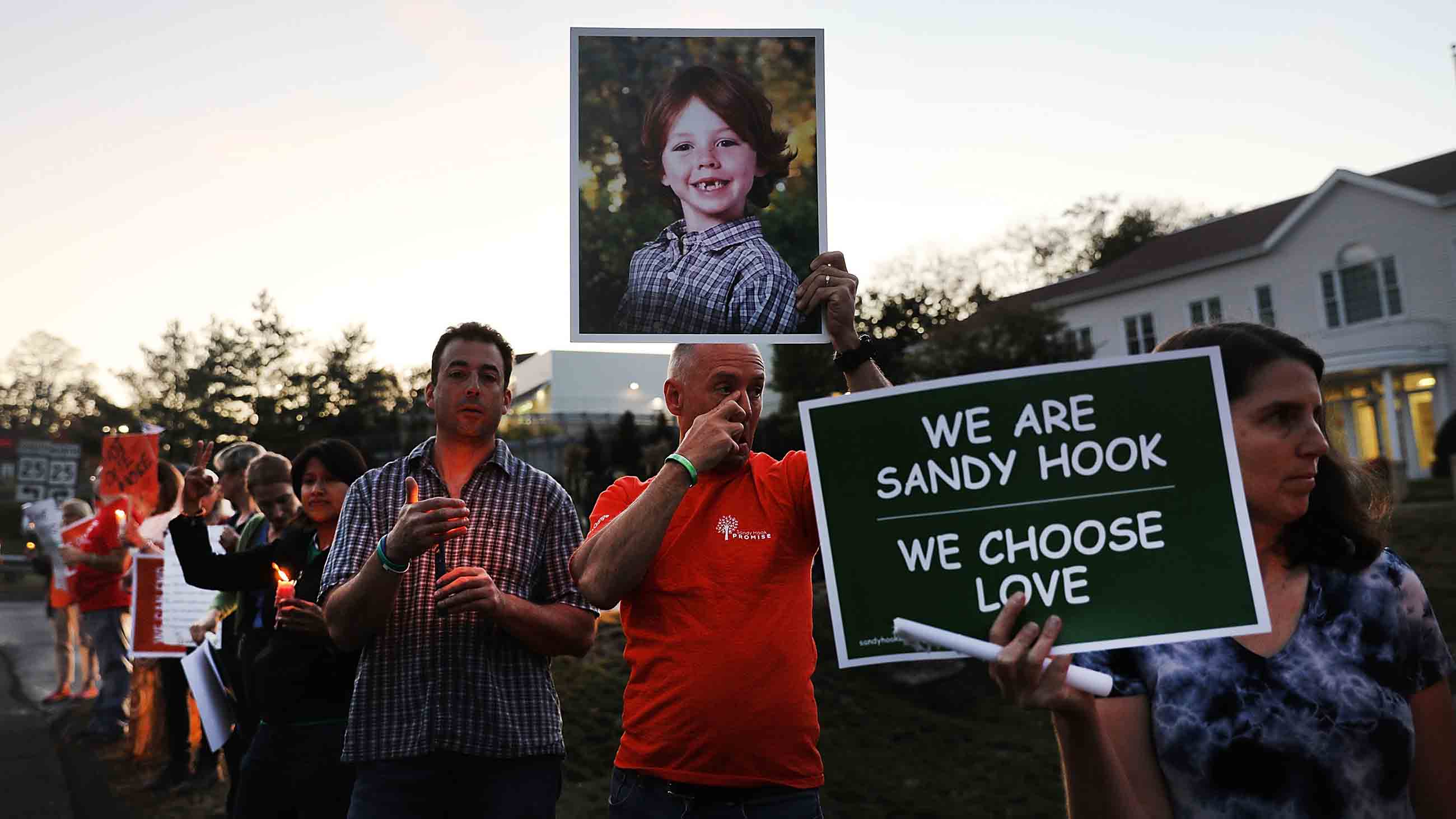A shooting at a New Mexico high school on Thursday left two students dead. The news comes just a week ahead of the fifth anniversary of the Sandy Hook shooting, in which 20 children and six adults were killed at an elementary school in Newtown, Connecticut.

As is common after mass shootings, gun enthusiasts purchased millions of guns in the months following Sandy Hook, fearing new regulations under President Obama. Those regulations never came, but a new study suggests that the influx of new guns into circulation lead to significant increases in accidental gun deaths among both children and adults.
The study, published on Thursday in the journal Science, estimates that an additional 3 million guns were sold in the months after Sandy Hook, causing a 27 percent increase in accidental gun deaths. The increase for children was 64 percent.
The study authors are careful to point out that this spike in sales had little effect on homicides and suicides, which make up the majority of gun deaths in the country. They assert that this finding is in line with prior gun research.
Although gun violence research has languished over the last two decades due to lack of funding, some public policy experts say they are starting to see an improvement.
Also in the news:
• On Monday, President Donald Trump continued his rollback of government regulation, drastically shrinking Utah’s Bears Ears National Monument and the state’s Grand Staircase-Escalante. The move, the largest hit to federal land protection in U.S. history, has already been met with a series of lawsuits. The loss of protection allows the land to be opened to mining within two months. (New York Times)
• Apocalyptic images have been making the rounds this week as wildfires continue to burn across Southern California. The largest — the Thomas Fire — has spread across 150 square miles, about half the size of New York City. More than 200,000 people have been forced to evacuate so far and officials are warning that the fires are only expected to get worse. (Washington Post)
• Alaskan Natives gathered in Washington, D.C. on Wednesday to protest a Republican proposal to open up the Arctic National Wildlife Refuge in the northeast corner of the state for oil and gas drilling. The plan was included in the Senate tax bill that was passed in the wee hours of Saturday morning. (Buzzfeed News)
• The anti-vaccination movement in the United States is small, but the latest available evidence shows it may be growing. To combat it, a study published on Monday in the journal Nature Human Behavior suggests that public health campaigners may need to change their tune from focusing on “harm and fairness” to messaging more in line with the “purity and liberty” valued by this group. (Vox)
• In the months and weeks leading up to the total solar eclipse in August, the market was flooded with viewing glasses that had not been certified to meet international safety standards. On Monday, doctors published a first-of-its-kind case study on a woman who likely viewed the event through such glasses, permanently damaging her vision. Using a technology called adaptive optics, the doctors were able to capture detailed images of the cellular damage caused by the eclipse. (CNN)
• And finally: U.S. Surgeon General Dr. Jerome Adams spoke with STAT about his family’s personal experience with addiction. As Adams moved through medical school and became head of the state health department in Indiana, his brother Phillip dealt with the consequences of substance use disorders, for which he is still struggling to obtain treatment. (STAT)










Comments are automatically closed one year after article publication. Archived comments are below.
It appears that most of the accidental deaths involving guns were first time buyers and people unfamiliar with guns and gun safety. Perhaps this is the usual American reluctance to read the manual.
First time gun buyers and people buying guns that already have one may also be reluctant to ask the seller to demonstrate proper loading, unloading, and safety features of the gun. This is especially true when the sellers seem expert and Americans seem particularly reluctant to display a lack of experience and knowledge in handling a firearm.
If there is an opportunity for useful legislation here, having the seller include snap caps for training and not selling the ammunition at the same time as an initial purchase might be considered.
I would recommend first time buyers buy their gun at one of the dealers that have their own shooting range. Alert the range safety officer that a first time shooter is on deck. I would also recommend that first time gun owners learn to pass a quiz on gun safety (the rules are in the front of every manual), learn to load and unload using the snap caps, and learn to properly identify when a gun is loaded and how to apply the safety features before a purchase of ammunition.